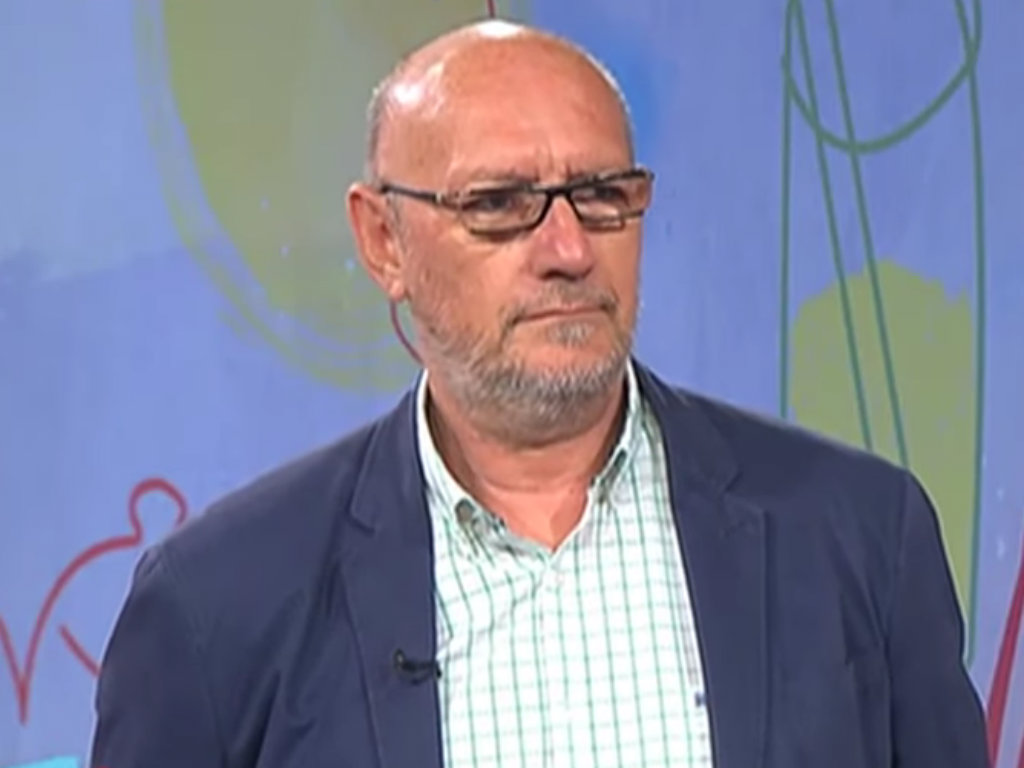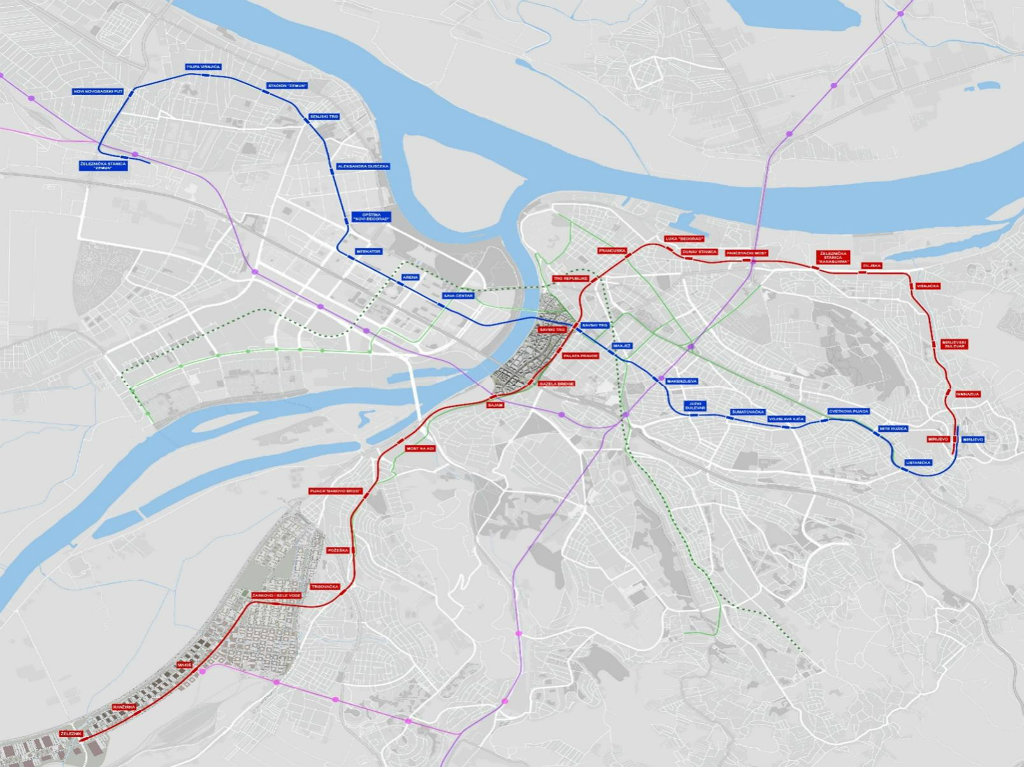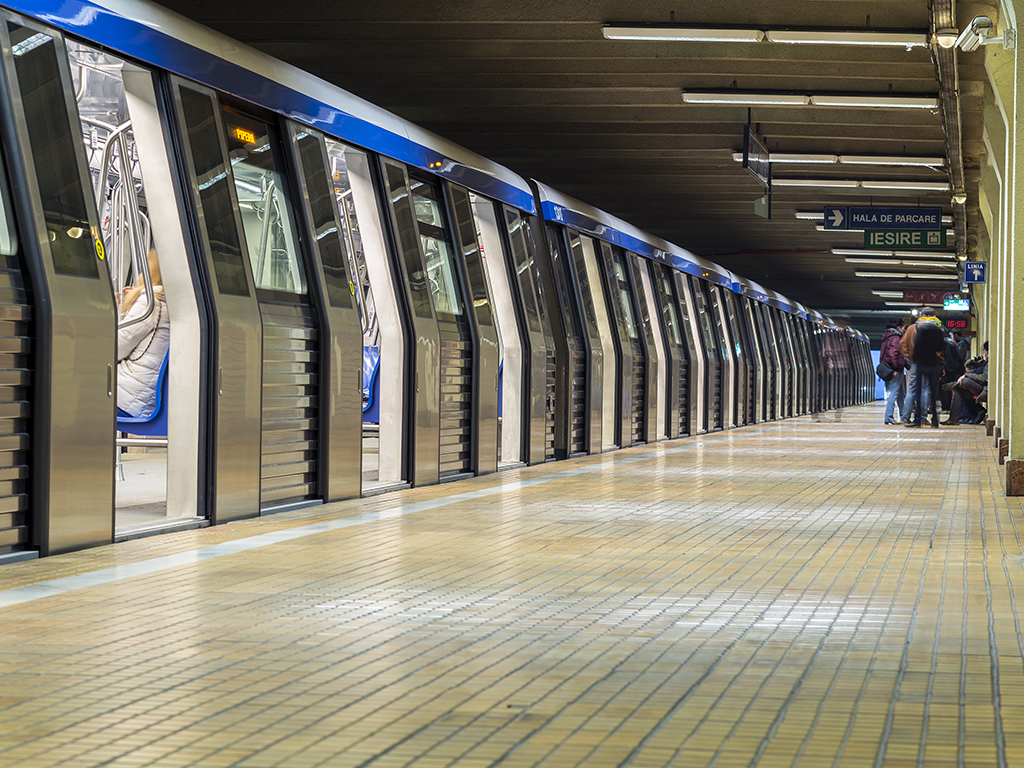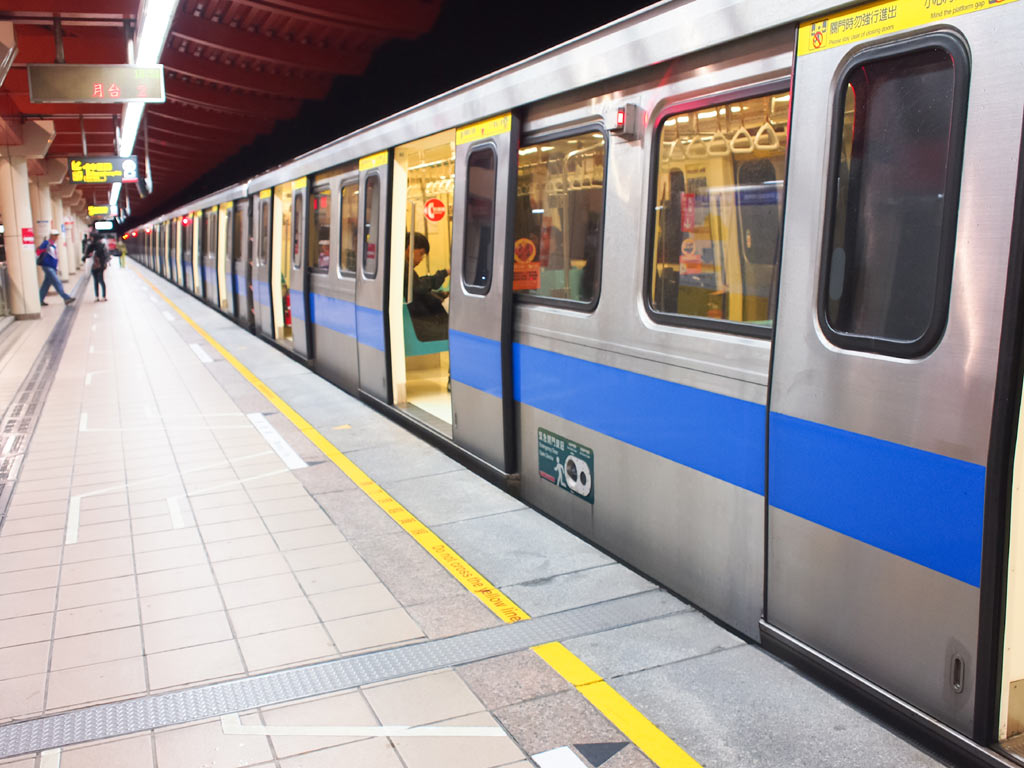Stanko Kantar, PUE Beogradski metro i voz – Preparatory works for construction of subway system to start next year
Source: eKapija
 Wednesday, 25.12.2019.
Wednesday, 25.12.2019.
 11:04
11:04
 Wednesday, 25.12.2019.
Wednesday, 25.12.2019.
 11:04
11:04
Stanko Kantar (Photo: YouTube/screenshot)

We talked to Stanko Kantar, the director of the PUE Beogradski metro i voz, about this, the most important technical details of the planned public transport system, which is supposed to change the way people live in Belgrade, about the development of BG Voz, the tram system, the reasons why the first subway line is supposed to go towards Makis and not the existing settlements along the Ibar Main Road, why the tunnel underneath the Sava has been given priority over the bridge, why an underground route to New Belgrade has been chosen instead of an overground one...
The company Beogradski metro i voz was founded in September 2018, and their main activity is the organization of the construction of the subway system and the transport of passengers by it, as well as the development of the urban rail system. In his interview for eKapija, Kantar said that he expected the detailed regulation plan of Makisko Polje to be completed by March 2020 and for the general regulation plan of the rail systems in Belgrade with elements of detailed development for the first phase of the first subway system line (which entails three subway lines, four BG Voz lines, lines to Mladenovac and Lazarevac and an expanded tram system) to be finished by September 2020.
The general project, prepared in mid-2019 by the French company Egis Rail, defines the routes of the two subway lines and the phases of their construction. According to the plans, the works should be carried out in three phases. The first phase entails the preparation of the documentation of a part of line 1, which is 16.7 km long and has 18 stops between Zeleznik and Karaburma, as well as the preparation of the documentation for a depot in Makis. The state should set aside EUR 4.4 billion for the first two lines.
The planned first two lines (Photo: Egis)

eKapija: Considering that EUR 580 million is earmarked within the state budget for 2020 for the Belgrade subway system, do you expect the construction to start next year?
– The preparatory works related to the preparation of the ground for the operations of the TBM (tunnel boring machine) and the construction of the depot are planned for 2020.
eKapija: You stated earlier that the French government had proposed a donation of EUR 9 million which would be used to finance the preparation of the feasibility study and the preliminary design. Does the plan entail the spending of the proceeds from the donation in 2020?
– Most of these funds will be spent in 2020.
eKapija: According to the data from the website of the PUE Beogradski metro i voz, the control of the subway trains is planned to be automatic. Are any other details about the vehicle type known? Is it a so-called “heavy” subway, are the wheels supposed to be made of rubber or metal etc?
– It's not a question of a heavy vs. a light subway. The main question is whether the subway system is fully independent from other forms of transport, that is, whether there are crossings. The Belgrade subway system is meant to be fully independent. The length of the first line is 21.3 km, with 22 stops, and the length of the second line is 19.2 km, with 20 stops. The subway will be located underground, except for a section in Makisko Polje, in the depot zone, where there will be 2.3 km of an overground route. A deep section of 11.3 km within the first line should be prepared by TBMs, wheres a shallow section of 7.7 km should be built using the CUT&COVER system.
As for line 2, the deep section, entailing the use of TBMs, should be 9.8 km, whereas the CUT&COVER section should be 9.4 km long. This could be considered a heavy subway system. The electric multiple unit should have three parts, but the whole system is planned for those with four parts, once the conditions are met. The length of the French Alstom four-part units is 75 meters, which is also the planned length of a platform. The main elements of the railway and the tunnels are planned for even longer trains, those of 100 meters, securing the system for a distant future. The trains will feature steel wheels. One tunnel tube with two tracks and a diameter of around 10 meters will be built.
Illustration (Photo: Daniel Caluian/shutterstock.com)

eKapija: Is the option of having the route in New Belgrade be overground being considered, as this is a very difficult terrain for the construction of underground structures?
– In preparing the General Project, the option of a viaduct section was considered. This would be a slightly cheaper option, but also more problematic from the urban planning aspect. The Secretariat for the Environment provided some serious criticism due to the noise that movable linear sources make. We will look into the options once more through the preparation of the Preliminary Design.
Note: due to the operations of the Ranney collectors along the left coast of the Sava, the level of underground waters in New Belgrade is not critical and allows for the CUT&COVER construction system.
Illustration (Photo: Johnson76/shutterstock.com)

eKapija: Is there an alternative to the tunnel underneath the Sava?
– The option of having a bridge on the Sava was considered during the preparation of the General Project, but it was determined that it would be very difficult to have the subway route enter the ground on the right coast of the Sava (in the old part of the city), without considerable interventions on the existing structures or those under construction, or even having them torn down. The subway system is limited when it comes to vertical and horizontal bends. Belgrade Waterfront is being raised on piles, and on the other hand, buildings in Nemanjina Street are built on poor foundations (old construction system), so it's impossible to go deep into the ground from the bridge without jeopardizing the surrounding facilities.
The initial idea was for the subway system to go through the new tram bridge, but there was not enough room for it to go underground, as this is the location where the road tunnel between the Sava and the Danube amphitheaters will be built. This option would entail the removal of a part of the tram transport system in new Belgrade or the establishment of a complicated system of having both rail systems going down the same route along the bridge.
When a tunnel is built using TBMs, it's not unusual to go below the river. The ground composition (Miocene marly clay) through which the TBM would go deep below the Sava does not prevent the digging of the tunnel and can even be considered favorable for the operations of the TBM.
eKapija: Considering that, in addition to the Pancevo Bridge, the two planned subway lines cross the city railway system (BG Voz) outside the existing railway stations, will it be necessary to immediately build an additional railway stop near the Belgrade Fair (on the viaduct) and an underground stop in Makenzijeva Street?
– The subway lines should have stops for transfers to the BG Voz system, namely, on the first line, Makis (new), Belgrade Fair (new), Pancevo Bridge (new) and Karaburma (new), and on the second, Zemun (current) and Makenzijeva Street (new).
It's interesting that the railway station in Makenzijeva Street (corner with Kataniceva Street) was supposed to be built at the same time as the Vuk Monument, but the project was abandoned due to a lack of funds, even though a plan had been prepared.
Parallel with the development of the subway system, we are also developing BG Voz as a high-capacity, but technologically different, system. This is the quickest and the cheapest way of covering nearly the whole city with a fast, comfortable rail transport system. Similar systems exist in Germany and in Vienna: U BAN, S BAN. The single plan of the subway and BG Voz lines can be seen on our website.
The general regulation plan of the rail systems also entails a third subway line, which would start in Banjica, go through the Belgrade Center (Prokop) railway station, previously connecting Vozdovac and one of the busiest traffic hubs in Belgrade, Autokomanda (the other one is the Mostar Interchange, through which the first subway line passes). The third line would also cover the railway station and the New Belgrade bus station. Until then, these two railway stations will be connected between themselves and other parts of the city by the BG Voz system, which should have a 10 minute frequency.
eKapija: You have announced the first ride for 2025. On which line?
– The first phase of the first line from Zeleznik (Makisko Polje), through Banovo Brdo, Ada Ciganlija, Mostar Interchange, Sava Square, Republic Square, Dorcol, Port of Belgrade, Pancevo Bridge to Karaburma (Ada Huja), should be completed by 2025. The first phase of the first line would have four transfer stations with BG Voz.
M. Radonjic and I. Milovanovic
Companies:
 JKP Beogradski metro i voz Beograd
JKP Beogradski metro i voz Beograd
Tags:
Egis Rail
Stanko Kantar
BG subway
construction of a subway system
subway station
subway route
BG voz
BG voz lines
platform length
station length
Comments
Your comment
Most Important News
Full information is available only to commercial users-subscribers and it is necessary to log in.
Follow the news, tenders, grants, legal regulations and reports on our portal.
Registracija na eKapiji vam omogućava pristup potpunim informacijama i dnevnom biltenu
Naš dnevni ekonomski bilten će stizati na vašu mejl adresu krajem svakog radnog dana. Bilteni su personalizovani prema interesovanjima svakog korisnika zasebno,
uz konsultacije sa našim ekspertima.


 Izdanje Srbija
Izdanje Srbija Serbische Ausgabe
Serbische Ausgabe Izdanje BiH
Izdanje BiH Izdanje Crna Gora
Izdanje Crna Gora


 News
News






